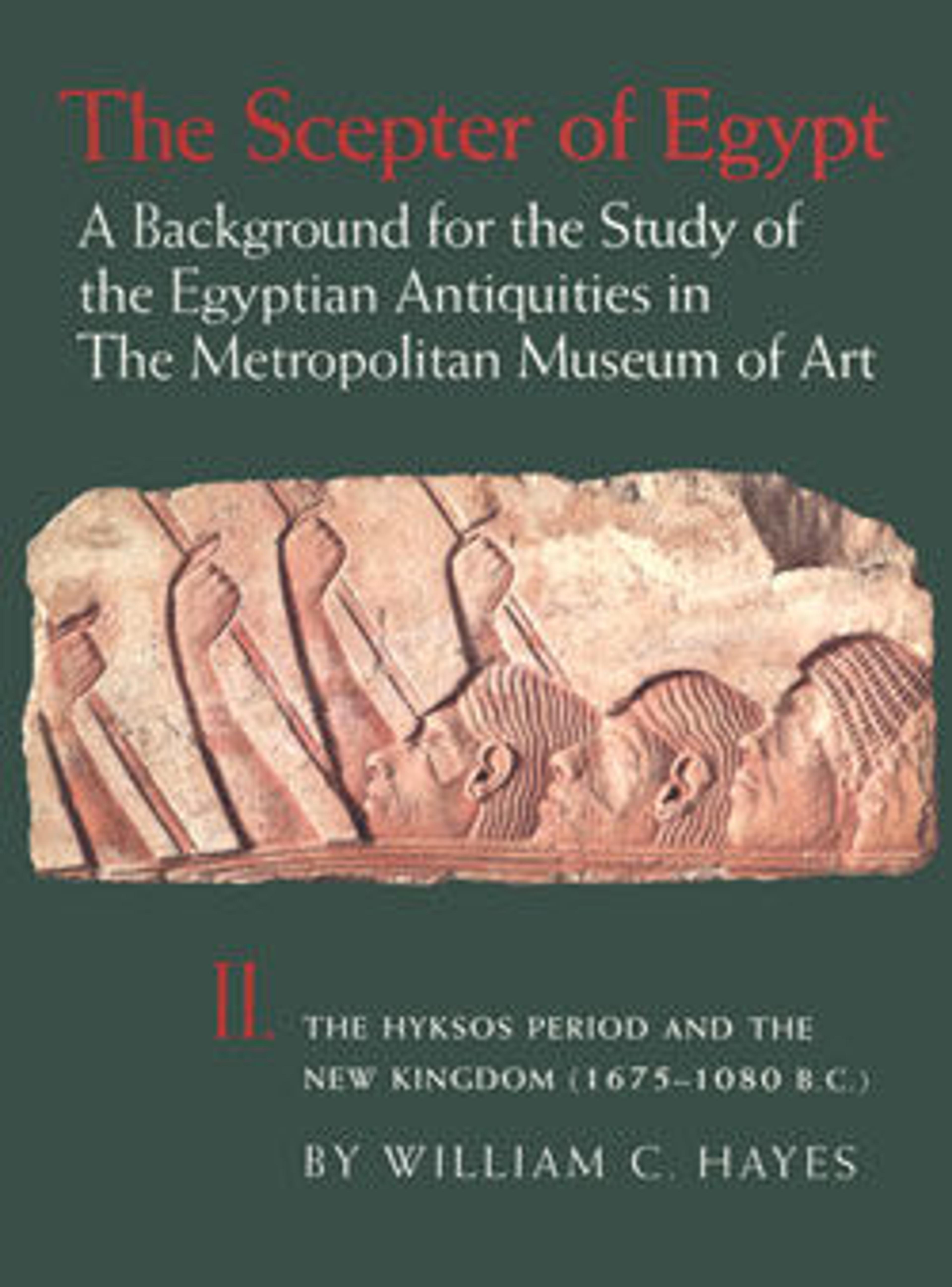See 35.1.16
This tile once decorated the palace of Ramesses II in Piramesse, which he made into one of the greatest royal cities of ancient Egypt. Thanks to the royal favor and its strategic location, Piramesse soon became an important international trade center and a cosmopolitan metropolis, boasting a harbor, a military base, and temples dedicated to various gods like Amun-Re-Harakhty-Atum, Seth, Astarte, etc. Poems were written in the city's praise, and its name, which translates as "The House of Ramesses, Beloved of Amun, Great of Victories" when fully written, came to us through the Old Testament as ‘Raamses.’
The tiles bear the names of Seti I, Ramesses II and later Ramesside kings, who renovated the palace and changed its decoration through the reigns. New tiles were made, and the old tiles may be have been dismantled and buried together. Based on the tiles, we can still reconstruct quite a number of the features of the palace that are now completely lost, including throne podiums, steps, windows of appearance, and faience sculptures.
This tile belongs to the railing of a throne platform and its stairways. Its decoration alternates between the two emblematic plants of Upper and Lower Egypt, while the piece above it (35.1.16) depicts a kneeling Nubian before an offering table.
The tiles bear the names of Seti I, Ramesses II and later Ramesside kings, who renovated the palace and changed its decoration through the reigns. New tiles were made, and the old tiles may be have been dismantled and buried together. Based on the tiles, we can still reconstruct quite a number of the features of the palace that are now completely lost, including throne podiums, steps, windows of appearance, and faience sculptures.
This tile belongs to the railing of a throne platform and its stairways. Its decoration alternates between the two emblematic plants of Upper and Lower Egypt, while the piece above it (35.1.16) depicts a kneeling Nubian before an offering table.
Artwork Details
- Title:See 35.1.16
- Period:New Kingdom, Ramesside
- Dynasty:Dynasty 19
- Reign:reign of Ramesses II
- Date:ca. 1279–1213 B.C.
- Geography:From Egypt, Eastern Delta, Qantir (Piramesse), Palace of Ramesses II
- Medium:Faience, paint
- Dimensions:L. 21.9 cm (8 5/8 in.), W. 18.9 cm (7 7/16 in.), D. 10.8 cm (4 1/4 in.)
- Credit Line:Purchase, Rogers Fund, Edward S. Harkness Gift and by exchange, 1922, 1929, 1935
- Object Number:35.1.21
- Curatorial Department: Egyptian Art
More Artwork
Research Resources
The Met provides unparalleled resources for research and welcomes an international community of students and scholars. The Met's Open Access API is where creators and researchers can connect to the The Met collection. Open Access data and public domain images are available for unrestricted commercial and noncommercial use without permission or fee.
To request images under copyright and other restrictions, please use this Image Request form.
Feedback
We continue to research and examine historical and cultural context for objects in The Met collection. If you have comments or questions about this object record, please contact us using the form below. The Museum looks forward to receiving your comments.
